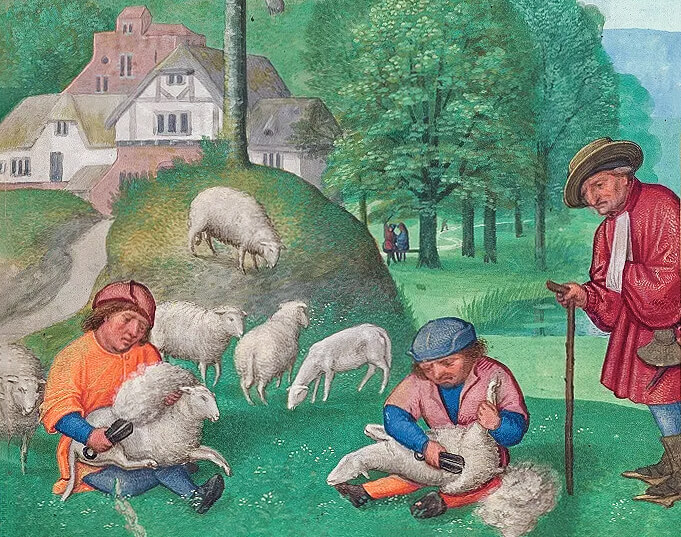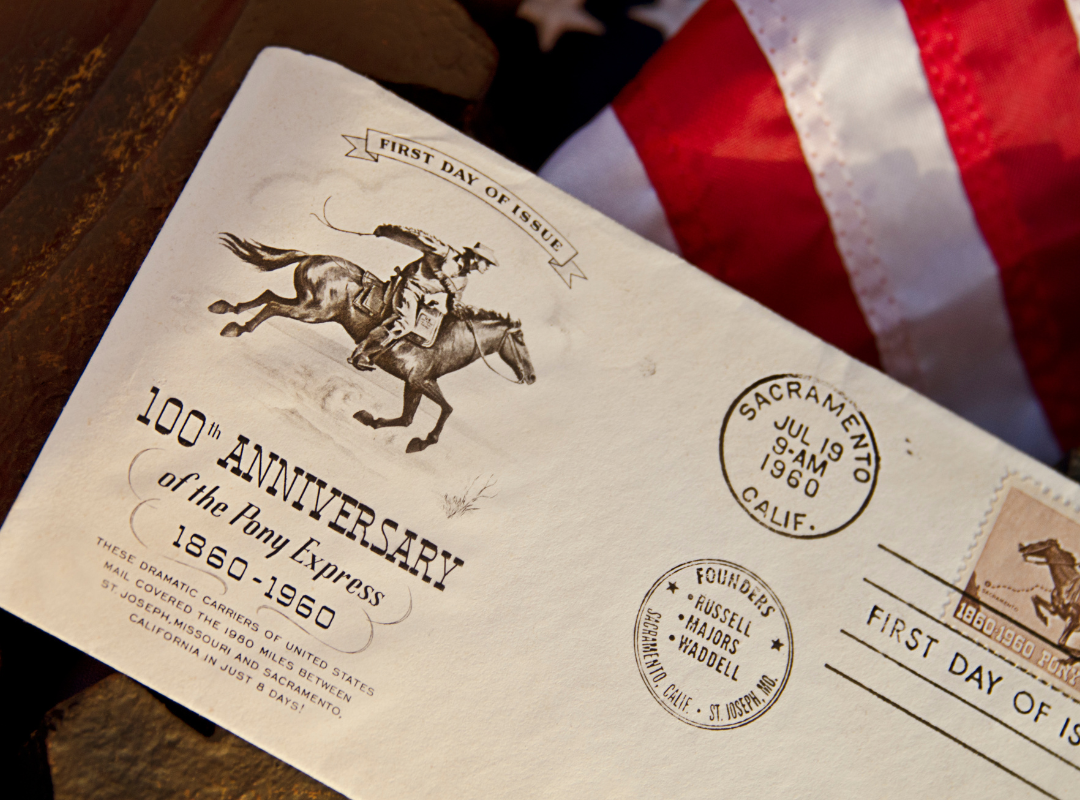
A Common Thread: The Significance of Wool in Medieval England
Students will understand how agriculture influenced and shaped culture, class, and society during the Middle Ages.

Students will understand how agriculture influenced and shaped culture, class, and society during the Middle Ages.
Students will learn how the events of World War I helped spark the Great Depression, the Dust Bowl, and the resulting New Deal by watching a video and participating in a round robin, responding in writing to images and sound bites from the Dust Bowl, and observing a wind erosion demonstration.

Students will discover the connections between agriculture, natural resources, and the history of their state.
Students will engage with the Growing a Nation timeline to explore the significant historical and agricultural events and inventions from American history during the years 1600-1929. Students will recognize the importance of labor in agriculture, discover how the implementation of technology increased agricultural production, and explore the role wool played during this era.
Students investigate the impact of cotton on the history and culture of the United States. Students discover the growth and processing requirements for cotton, recognize how the invention of the cotton gin affected slavery, explain how the plantation system was organized, and ultimately understand the role of cotton in the Civil War.
Students will engage with the Growing a Nation timeline to explore the significant historical and agricultural events and inventions from American history during the years 1930-1949. Students will examine the cause and impact of the Dust Bowl, recognize how the Dust Bowl contributed to the Great Depression, and describe the government's response to assist farmers in the 1930s.
Students engage with the Growing a Nation timeline to explore the significant historical and agricultural events and inventions from American history during the years 1950-1969. Students examine the cause and effect relationships of many post-war advances that took place in our country and discover how increases in science and technology changed agriculture, leading to fewer farmers being necessary to provide food and fiber.
Students engage with the Growing a Nation timeline to explore the significant historical and agricultural events and inventions from American history during the years 1970-2000. Students recognize the importance of labor in agriculture and determine how the implementation of technology in agriculture increased agricultural production.
Students will be introduced to technologies currently used on farms by engaging in an AppQuest to discover how farmers use mobile apps to manage farm production systems, marketing options, and make timely decisions.
Students will explore the major events and changes in agriculture related to science, technology, and policy in the era of 2001 to the present, taking an in-depth look at how these elements have impacted American families and communities through the passage and enactment of government programs and policies.

Students investigate the importance of the Pony Express to the settlement and expansion of the American West by mapping Pony Express stations.
Students will read about and research the domestication of animals to better understand why and how they are raised on a farm. They will create a timeline of animal domestication.